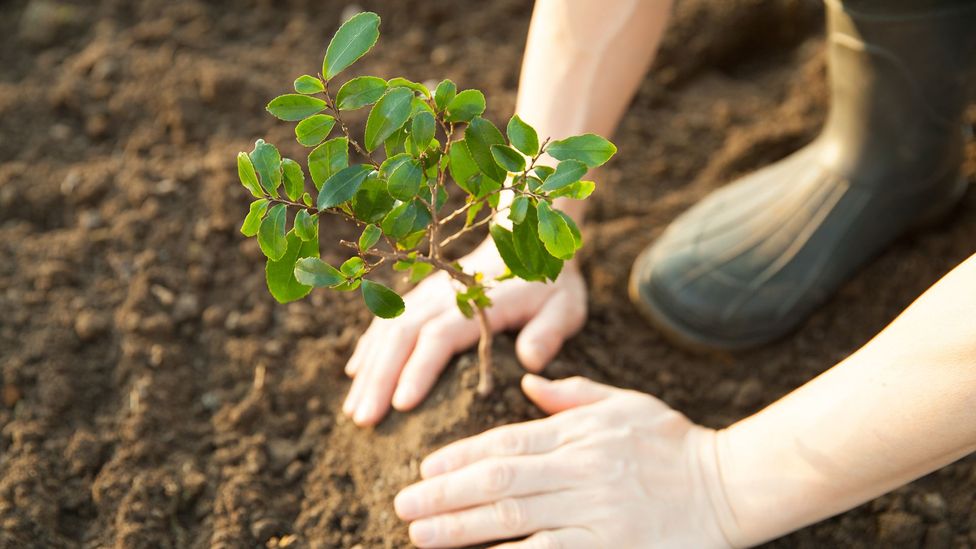Wildlife wants undisturbed areas while humans want more food. So, our unquenchable demand for agricultural land leads us to clear forests for livestock and crops.
An unusual food source might mitigate the loss of wooded regions to agriculture. A recent study reveals that edible fungus might create protein-rich food and trap carbon in soils while extending tree plantations.
“We’ve got quite ambitious tree-planting plans in Scotland and throughout the UK more broadly,” says University of Stirling plant ecologist Alastair Jump, who co-authored the new study with fungal specialist Paul Thomas.

Planting this could feed millions and store tons of carbon.
“Those trees have got to go somewhere,” explains Jump. “This strategy allows us to grow trees and food together.”
Mushrooms are abundant in fiber, contain necessary fatty acids, and might replace beef, pig, and fowl in people’s diets.
The researchers predict that cultivating edible fungus on current forestry sites might increase food production without cutting more forests and feed millions of people worldwide.
If developing methods for co-culturing fungus and seedlings can be scaled up.
The team proposes growing edible mushrooms like the blue milk cap (Lactarius indigo) under trees planted in orchards or to rehabilitate forests in line with conservation aims.
Mushrooms like L. indigo may be harvested and cultured in the lab to inoculate young tree seedlings before planting.
Planting this may feed millions of people while also absorbing tons of carbon.
Embracing spindly plant roots, fungus trade minerals and nutrients for carbon. Mushrooms grow underground as the trees expand.
“Large-scale mushroom cultivation could lead to more food production, with all the benefits forests bring and without the environmental burdens of intensive farming such as fertilizer, water use or the growing of additional feed,” Thomas, who owns a mushroom cultivation company, told The Conversation.
Several components of agriculture emit greenhouse gases, from plowing and tilling soils, which can contain carbon that plants worked hard to capture and bring down into their roots, to fertilizer production, which releases nitrous oxide when applied to crops.
As long as soils aren’t disturbed, mycorrhizal fungi may store carbon in a large network of hyphae.
The highest estimates of the methodology, which combines forestry plot data with remote-sensing forest extent data, show that adding mushrooms to boreal forests in northern regions might store 12.8 metric tons of carbon each year.
Temperate woods could only trap half as much carbon.
Remember that increasing soil carbon at scale is a hyped, imprecise science that many believe may be unduly hopeful. It requires accurate soil carbon readings and permanent forest protection.
Scientists warn that monocultures created by restoration operations that prefer single species over native forests fail to restore biodiversity.
A team of researchers recently questioned the “wood-wide web” of fungal networks that connect vast forests of trees, arguing its extent may have been overestimated.
Growing alternative protein sources might lower our meat consumption, but reforming our food production methods, addressing food inequalities, and consuming locally produced foods could also reduce greenhouse gas emissions and ensure food supply.




